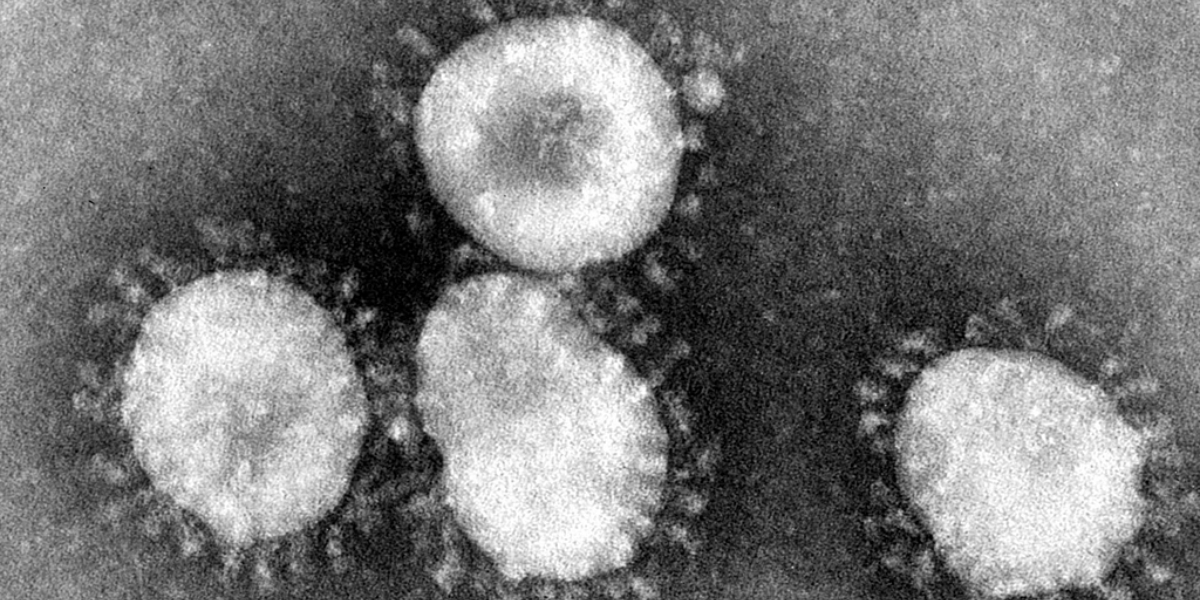Chandipura vesiculovirus is transmitted through bites of infected sandflies, specifically the Phlebotomus species. The disease progresses rapidly, sometimes within 24 hours of symptom onset.
Published Jul 19, 2024 | 11:00 AM ⚊ Updated Jul 19, 2024 | 11:00 AM

Suspected Chandipura virus has claimed at least 16 lives in Gujarat. So far, 33 cases have been reported across 14 districts. One case has been confirmed to be Chandipura vesiculovirus (CHPV) infection.
Recent outbreaks in Gujarat have resulted in multiple fatalities, with children being the most affected. The rapid progression and high mortality rate of CHPV infections underscore the need for prompt public health interventions and preventive measures.
CHPV is a member of the Rhabdoviridae family and the Vesiculovirus genus.
It was first found in the blood samples of patients in Chandipura village, Maharashtra, in 1965. This virus is primarily associated with causing Chandipura encephalitis, an acute neurological disease that predominantly affects children.
CHPV is transmitted through the bites of infected sandflies, specifically the Phlebotomus species. The disease progresses rapidly, often leading to high fever, severe neurological symptoms such as seizures, and altered mental states, sometimes within 24 hours of symptom onset.
Due to its rapid progression and high fatality rate, outbreaks of the Chandipura virus have caused significant concern, especially in states such as Andhra Pradesh, Maharashtra, and Gujarat.
Andhra Pradesh witnessed an outbreak of the CHPV in 2003. It was significant due to its high mortality rate, particularly among children. The virus caused severe encephalitis, leading to numerous deaths and raising considerable public health concerns.
The outbreak in Andhra Pradesh brought attention to CHPV as a serious emerging pathogen, prompting increased research and public health efforts to understand and control the virus.
Symptoms of CHPV infection typically include:
These symptoms can progress rapidly, often leading to severe neurological complications and, in some cases, death, particularly in young children.
Early detection and supportive care are critical in managing the disease, as there is currently no specific antiviral treatment for CHPV. Public health measures focus on controlling the sandfly population to prevent the spread of the virus.
Diagnosis of CHPV infection involves several laboratory tests and clinical assessments:
1. Clinical Evaluation: Initial diagnosis is based on the rapid onset of symptoms such as high fever, seizures, altered mental state, and signs of meningoencephalitis, especially during an outbreak in an endemic area.
2. Laboratory Tests:
– RT-PCR (Reverse Transcription Polymerase Chain Reaction): This test is used to detect viral RNA in blood or cerebrospinal fluid (CSF) samples. RT-PCR is a sensitive and specific method for confirming CHPV infection.
– Virus Isolation: The virus can be isolated from blood or CSF samples by inoculating them into cell cultures. The presence of the virus is confirmed by observing cytopathic effects in the cultured cells.
– Serology: Serological tests such as ELISA (Enzyme-Linked Immunosorbent Assay) can detect antibodies against CHPV in blood samples. Both IgM and IgG antibodies can be measured to confirm recent or past infection.
3. Immunofluorescence Assay: This method uses antibodies tagged with fluorescent dyes to detect CHPV antigens in infected tissues or cell cultures.
4. Histopathology: Examination of brain tissue samples from fatal cases may show characteristic changes associated with viral encephalitis, which can support the diagnosis.
5. Next-Generation Sequencing (NGS): Advanced genomic techniques can be used to sequence the viral genome from patient samples, providing detailed information about the virus and confirming its presence.
Timely and accurate diagnosis is crucial for managing and controlling CHPV outbreaks, especially due to the rapid progression and high mortality associated with the infection.
There is currently no specific antiviral treatment for CHPV infection. Management primarily involves supportive care to alleviate symptoms and prevent complications. Key aspects of treatment include:
1. Symptomatic Treatment:
– Antipyretics: Medications such as acetaminophen to reduce fever.
– Antiemetics: Drugs to control vomiting and nausea.
– Anticonvulsants: Medications like diazepam or phenobarbital to manage seizures.
2. Supportive Care:
– Hydration: Ensuring adequate fluid intake to prevent dehydration.
– Nutritional Support: Providing nutrition, often intravenously, if the patient is unable to eat.
– Respiratory Support: Mechanical ventilation may be necessary in cases of severe respiratory distress.
3. Hospitalisation: Due to the severity and rapid progression of the disease, hospitalisation is often required for close monitoring and intensive care.
4. Prevention and Control:
– Vector Control: Reducing sandfly populations through insecticide spraying and environmental management to limit breeding sites.
– Protective Measures: Using insect repellents, bed nets, and wearing protective clothing to minimise exposure to sandfly bites.
– Public Health Education: Raising awareness about the disease, its transmission, and preventive measures.
5. Isolation: Infected individuals should be isolated to prevent the spread of the virus to others, especially during outbreaks.
Research is ongoing to develop specific antiviral therapies and vaccines for CHPV. Until then, public health efforts focus on early detection, supportive care, and preventive measures to control the spread of the virus.
(Edited by Majnu Babu).
